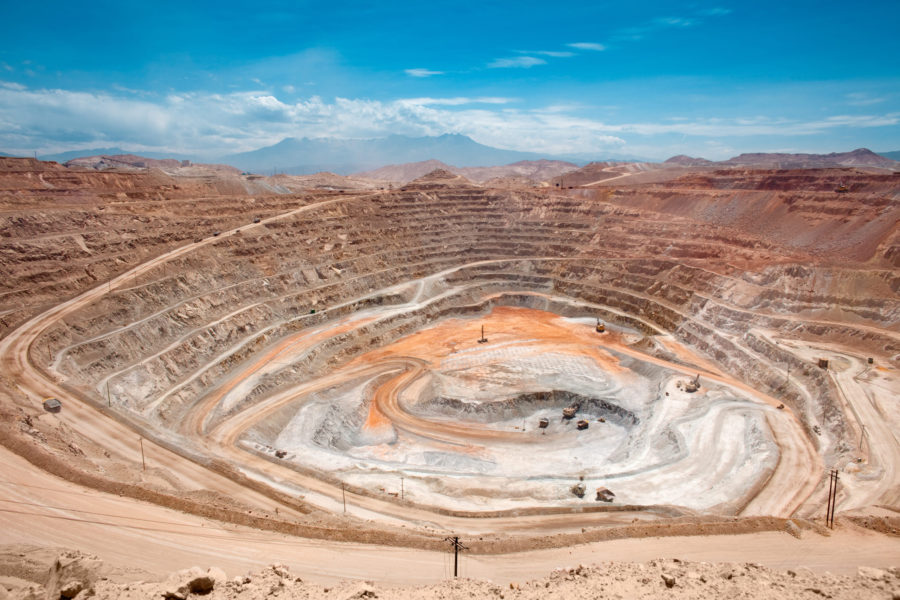Exposure to chemicals released during fracking may harm fertility — study
More than 15 million Americans live within a one-mile radius of unconventional oil and gas (UOG) operations. UOGs combine directional drilling and hydraulic fracturing, or “fracking,” to release natural gas from underground rock. Scientific studies, while ongoing, are still inconclusive on the potential long-term effects fracturing has on human development. Today, researchers at the University of Missouri released a study that is the first of its kind to link exposure to chemicals released during hydraulic fracturing to adverse reproductive and developmental outcomes in mice. Scientists believe that exposure to these chemicals also could pose a threat to human development.
“Researchers have previously found that endocrine-disrupting chemicals (EDCs) mimic or block hormones — the chemical messengers that regulate respiration, reproduction, metabolism, growth and other biological functions,” said Susan C. Nagel, Nagel, an associate professor of obstetrics, gynecology and women’s health in the School of Medicine. “Evidence from this study indicates that developmental exposure to fracking and drilling chemicals may pose a threat to fertility in animals and potentially people. Negative outcomes were observed even in mice exposed to the lowest dose of chemicals, which was lower than the concentrations found in groundwater at some locations with past oil and gas wastewater spills.”
Researchers mixed 23 oil and gas chemicals in four different concentrations to reflect concentrations ranging from those found in drinking water and groundwater to concentrations found in industry wastewater. The mixtures were added to drinking water given to pregnant mice in the laboratory until they gave birth. The female offspring of the mice that drank the chemical mixtures were compared to female offspring of mice in a control group that were not exposed. Mice exposed to drilling chemicals had lower levels of key hormones related to reproductive health compared to the control group.
“Female mice that were exposed to commonly used fracking chemicals in utero showed signs of reduced fertility, including alterations in the development of the ovarian follicles and pituitary and reproductive hormone concentrations,” Nagel said, who also serves as an adjunct associate professor of biological sciences in the MU College of Arts and Science. “These findings build on our previous research, which found exposure to the same chemicals was tied to reduced sperm counts in male mice. Our studies suggest adverse developmental and reproductive health outcomes might be expected in humans and animals exposed to chemicals in regions with oil and gas drilling activity.”
The study, “Adverse Reproductive and Developmental Health Outcomes Following Prenatal Exposure to a Hydraulic Fracturing Chemical Mixture in Female C57BI/6 Mice,” was published in the journal Endocrinology. Authors of the study include: Christopher D. Kassotis of Duke University in Durham, N.C.; John J. Bromfield of the University of Florida in Gainesville, FL; Kara C. Klemp, Chun-Xia Meng, Victoria D. Balise and Chiamaka J. Isiguzo of the University of Missouri; Andrew Wolfe of the Johns Hopkins University School of Medicine in Baltimore, MD; R. Thomas Zoeller of the University of Massachusetts Amherst in Amherst, MA; and Donald E. Tillitt of the U.S. Geological Survey’s Columbia Environmental Research Center in Columbia, MO.
The research was funded by the University of Missouri Research Council and Mizzou Advantage, a crowd-funding campaign on Experiment.com, and the U.S. Environmental Protection Agency’s STAR Fellowship Assistance Agreement awarded to Christopher D. Kassotis. The content is solely the responsibility of the authors and does not necessarily represent the official views of the funding agencies.
More News
Resouro boosts titanium resource by 37% at Tiros project in Brazil
Total resources are now 1,400 Mt1 at 12% TiO₂ and 4,000 ppm TREO, the company said.
April 09, 2025 | 04:37 pm
Prime Minister Mark Carney vows to speed permits, make Canada energy superpower
The Liberal Party leader said at a campaign stop in Calgary that his government would create a Major Federal Project Office with a “one project, one review” mandate.
April 09, 2025 | 03:34 pm
Peru mining chamber sees copper output up 2-4% this year
That would put Peru's copper production between 2.79 million and 2.85 million metric tons.
April 09, 2025 | 02:53 pm
{{ commodity.name }}
{{ post.title }}
{{ post.excerpt }}
{{ post.date }}




Comments